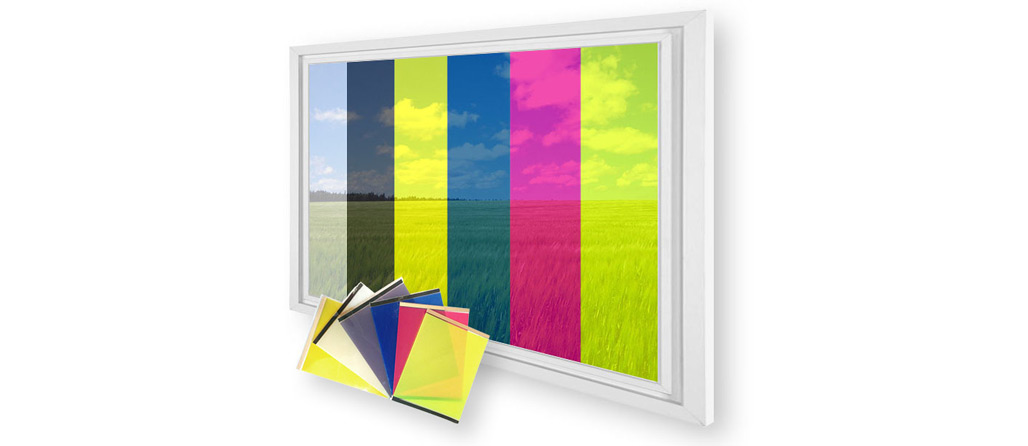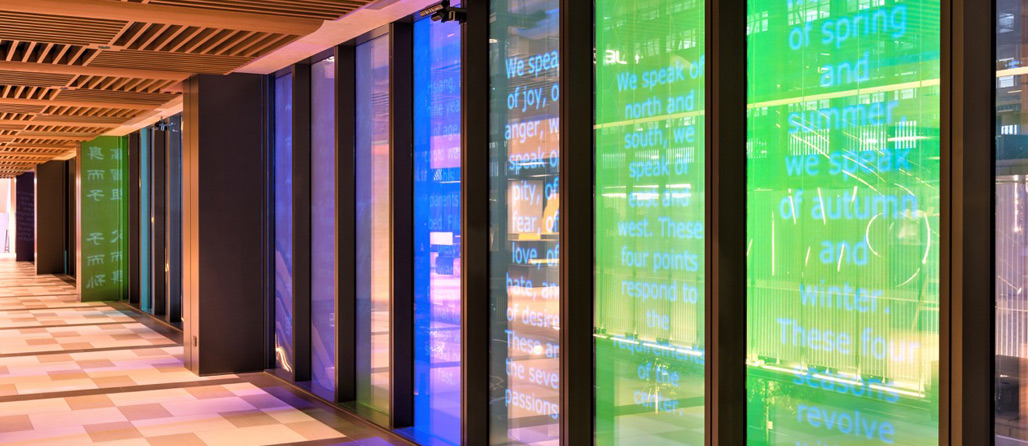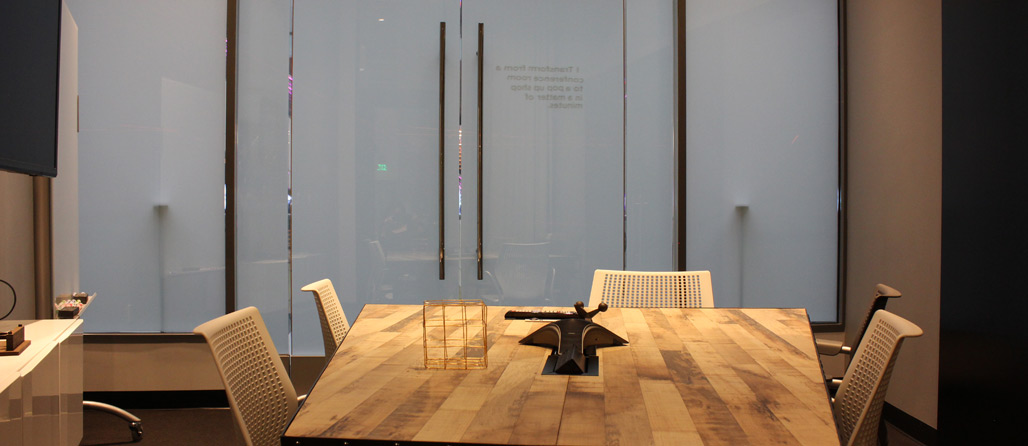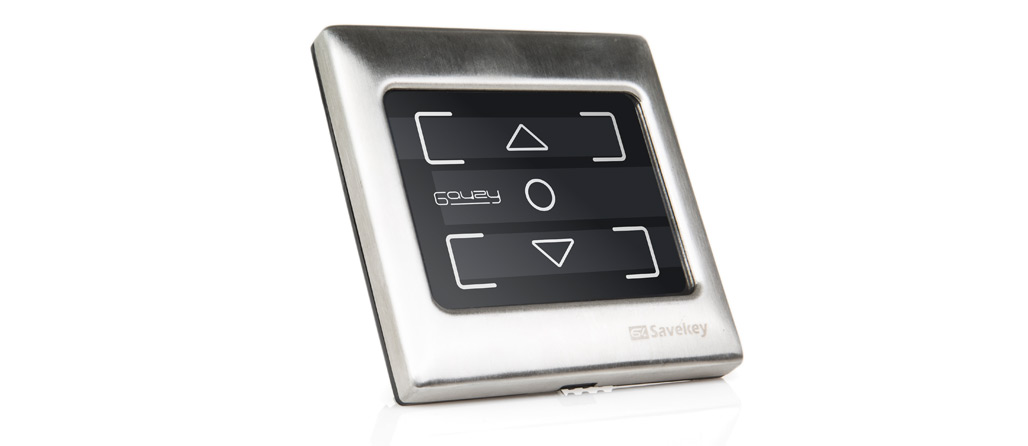Designing with Switchable Glass
One of the most groundbreaking innovations in glazing occurred with the development of smart glass, which can transform from opaque to transparent with the flip of a switch. Cutting-edge designers use this switchable glass in a variety of ways to allow users to modify their glass’s tint at will. This ability gives users greater control over their building’s:
- Privacy
- Security
- UV protection
- Lighting
Some smart glass can even be used as an HD projection screen. The versatility and advantages of switchable glass make it an ideal choice for commercial and residential building designs.
Switchable Glass- Advantages
Glass is a major component in modern commercial and residential design. Besides providing natural light from the outdoors, glass acts as a more attractive option for interior partitions.
Switchable glass provides additional design elements that “fixed” transparent or opaque types of glass don’t. Its versatility contributes a number of advantages, including:
- Privacy: By having the ability to switch from transparent to opaque as needed, switchable glass partitions can provide differing levels of privacy throughout the day.
- Safety and security: The capacity to switch between transparent and opaque partitions can help temporarily seal areas from prying eyes during confidential procedures.
- Conserving power: Heat from solar rays often requires cooling systems to work overtime in glass-paneled commercial and residential buildings. However, switchable glass allows users to change the transparency of the glass according to the differing levels of sunlight throughout the day, helping prevent external light from heating the building too much.
- Easy to Clean: Smart glass can be sterilized more easily and thoroughly than traditional privacy screens and curtains.
- UV and IR radiation protection: Much like its ability to block out differing levels of sunlight throughout the day, smart glass can also protect your building against harmful UV and IR rays without causing facility owners to rely on permanently opaque glass.
- Fewer design elements: Smart glass necessitates fewer design elements, like blinds or curtains, to block out light and solar radiation.
- Versatile: Switchable glass can be installed in virtually any residential, commercial, or governmental facility.
- Multifunctional: Along with its wide variety of design functions, switchable glass can serve as an HD projection screen as needed.
With traits like these, it’s clear that switchable glass’s versatility makes it a great choice for many construction applications.
Switchable Glass Applications
This innovative glass allows designers and architects to approach building doors, windows, and partitions from a completely different angle. Consequently, switchable glass enjoys an ever-expanding number of applications, like:
- Privacy windows and doors in homes and offices
- Variable privacy room partitions
- Electronic blinds, curtains, and artwork
- Solar protection or radiant heat control
- Security and safety panels
- Skylights
- Conservatory roofs
- Display cases
- Sales kiosks
- Car windows
- Monitoring rooms
- Single- and double-glazed façades
- Bank and ATM doors
Unlike “fixed” glass, which is either opaque or transparent, switchable glass allows the user to choose its form and function. In addition, switchable glass panels grant designers a broader range of glazing options that were unavailable using traditional glass.
















